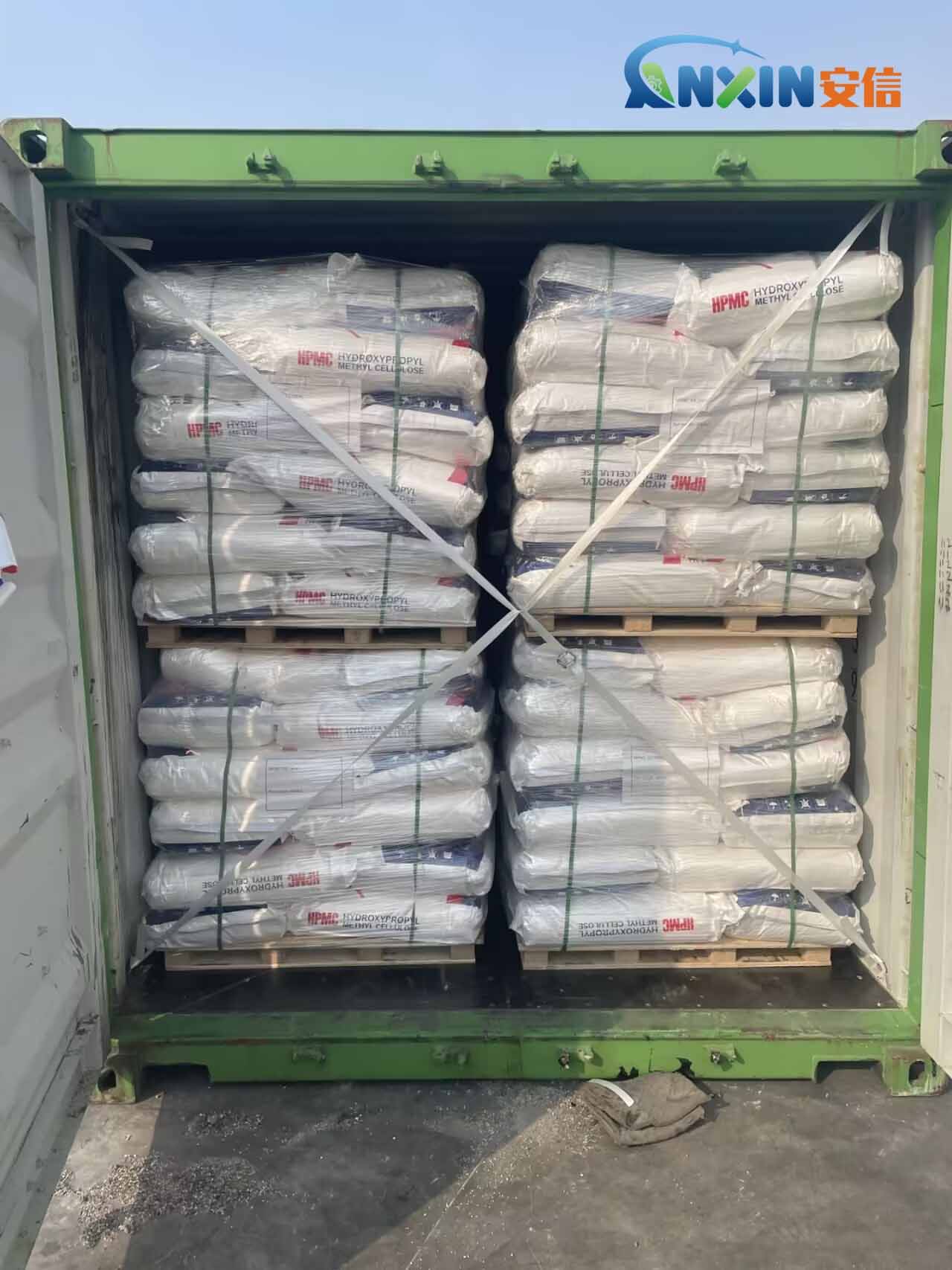What is hypromellose?
Hypromellose (Hydroxypropyl Methylcellulose, HPMC): A Comprehensive Analysis
1. Introduction
Hypromellose, also known as hydroxypropyl methylcellulose (HPMC), is a versatile, semisynthetic polymer derived from cellulose. It is widely used in pharmaceuticals, ophthalmology, food products, cosmetics, and construction industries. Due to its non-toxic nature, excellent film-forming properties, and bio-compatibility, hypromellose has become a crucial ingredient in various formulations.
This document provides an in-depth analysis of hypromellose, including its chemical properties, synthesis, applications, safety profile, and regulatory considerations.
2. Chemical Structure and Properties
Hypromellose is a chemically modified cellulose ether with hydroxyl groups replaced by methoxy (-OCH3) and hydroxypropyl (-OCH2CH(OH)CH3) groups. The molecular weight varies depending on the degree of substitution and polymerization.
- Solubility: Soluble in water, forming a viscous solution; insoluble in ethanol and other organic solvents.
- Viscosity: Available in a wide range of viscosities, making it useful for different applications.
- pH Stability: Stable across a broad pH range (3–11).
- Thermal Gelation: Forms a gel upon heating, a key property in controlled-release drug formulations.
- Non-ionic Nature: Compatible with various active pharmaceutical ingredients (APIs) without chemical interactions.
3. Synthesis of Hypromellose
The production of hypromellose involves the following steps:
- Cellulose Purification: Derived from plant fibers, primarily wood pulp or cotton.
- Alkalization: Treated with sodium hydroxide (NaOH) to enhance reactivity.
- Etherification: Reacted with methyl chloride and propylene oxide to introduce methoxy and hydroxypropyl groups.
- Purification and Drying: The final product is washed, dried, and milled to desired particle size and viscosity.
4. Applications of Hypromellose
4.1 Pharmaceutical Industry
Hypromellose is extensively used in pharmaceutical formulations due to its film-forming, bioadhesive, and controlled-release properties:
- Tablet Coating: Forms a protective layer around tablets to improve stability and patient compliance.
- Sustained and Controlled Drug Release: Used in matrix tablets and hydrophilic gel systems to control drug dissolution.
- Capsule Shells: Serves as a vegetarian alternative to gelatin capsules.
- Excipient in Eye Drops: Provides viscosity and prolongs drug retention in ophthalmic solutions.
4.2 Ophthalmic Applications
Hypromellose is a key ingredient in artificial tears and lubricating eye drops:
- Treatment for Dry Eye Syndrome: Acts as a moisture-retaining agent to relieve eye dryness and irritation.
- Contact Lens Solutions: Improves lens comfort by reducing friction and enhancing hydration.
4.3 Food Industry
As an approved food additive (E464), hypromellose serves various purposes in food processing:
- Thickening Agent: Enhances texture and stability in sauces, dressings, and dairy products.
- Emulsifier and Stabilizer: Maintains consistency in processed foods and beverages.
- Vegan Gelatin Substitute: Used in plant-based products and confectionery items.
4.4 Cosmetics and Personal Care
Hypromellose is widely used in beauty and skincare products:
- Lotions and Creams: Acts as a thickener and stabilizer.
- Shampoos and Conditioners: Improves viscosity and formulation consistency.
- Makeup Products: Enhances texture in mascaras and foundations.
4.5 Construction and Industrial Applications
Due to its water retention and film-forming abilities, hypromellose is used in:
- Cement and Plastering: Improves workability and reduces water loss.
- Paints and Coatings: Functions as a binder and stabilizer.
- Detergents: Enhances viscosity in liquid detergents.
5. Safety and Regulatory Considerations
Hypromellose is generally recognized as safe (GRAS) by regulatory agencies, including the U.S. Food and Drug Administration (FDA) and the European Food Safety Authority (EFSA). It has minimal toxicity and is non-irritating when used within recommended limits.
6. Potential Side Effects and Precautions
While hypromellose is safe for most users, some potential side effects include:
- Mild Eye Irritation: In rare cases when used in eye drops.
- Digestive Discomfort: Excessive consumption in food products may cause bloating.
- Allergic Reactions: Extremely rare but possible in sensitive individuals.
Hypromellose is an essential ingredient across multiple industries, valued for its non-toxic, versatile, and stabilizing properties. Its role in pharmaceuticals, food, cosmetics, and industrial applications continues to expand, making it one of the most widely used cellulose derivatives globally.
Post time: Mar-17-2025
